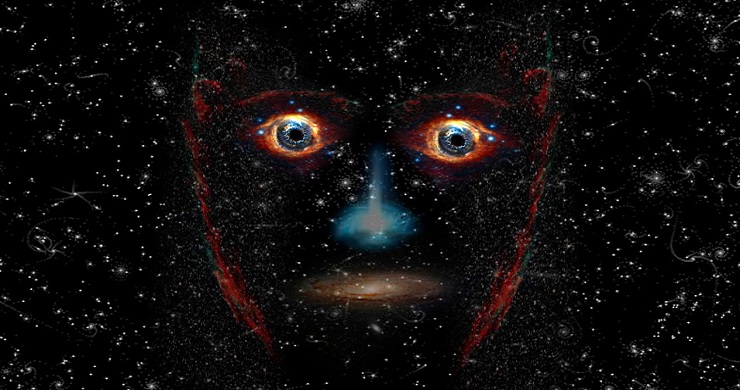Universe
Universe, the whole cosmic system of matter and energy of which Earth, and therefore the human race, is a part. Humanity has traveled a long road since societies imagined Earth, the Sun, and the Moon as the main objects of creation, with the rest of the universe being formed almost as an afterthought. Today it is known that Earth is only a small ball of rock in a space of unimaginable vastness and that the birth of the solar system was probably only one event among many that occurred against the backdrop of an already mature universe. This humbling lesson has unveiled a remarkable fact, one that endows the minutest particle in the universe with a rich and noble heritage: events that occurred in the first few minutes of the creation of the universe 13.7 billion years ago turn out to have had a profound influence on the birth, life, and death of galaxies, stars, and planets. Indeed, a line can be drawn from the forging of the matter of the universe in a primal “big bang” to the gathering on Earth of atoms versatile enough to serve as the basis of life. The intrinsic harmony of such a worldview has great philosophical and aesthetic appeal, and it may explain why public interest in the universe has always endured.
"The Universe is all of space and time and their contents,including planets, stars, galaxies, and all other forms of matter and energy". While the spatial size of the entire Universe is unknown, it is possible to measure the size of the observable universe, which is currently estimated to be 93 billion light-years in diameter. In various multiverse hypotheses, a universe is one of many causally disconnected constituent parts of a larger multiverse, which itself comprises all of space and time and its contents.

Earliest Conceptions Of The Universe:--
All scientific thinking on the nature of the universe can be traced to the distinctive geometric patterns formed by the stars in the night sky. Even prehistoric people must have noticed that, apart from a daily rotation (which is now understood to arise from the spin of Earth), the stars did not seem to move with respect to one another: the stars appear “fixed.” Early nomads found that knowledge of the constellations could guide their travels, and they developed stories to help them remember the relative positions of the stars in the night sky. These stories became the mythical tales that are part of most cultures.
When nomads turned to farming, an intimate knowledge of the constellations served a new function—an aid in timekeeping, in particular for keeping track of the seasons. People had noticed very early that certain celestial objects did not remain stationary relative to the “fixed” stars; instead, during the course of a year, they moved forward and backward in a narrow strip of the sky that contained 12 constellations constituting the signs of the zodiac. Seven such wanderers were known to the ancients: the Sun, the Moon, Mercury, Venus, Mars, Jupiter, and Saturn. Foremost among the wanderers was the Sun: day and night came with its rising and setting, and its motion through the zodiac signaled the season to plant and the season to reap. Next in importance was the Moon: its position correlated with the tides, and its shape changed intriguingly over the course of a month. The Sun and Moon had the power of gods; why not then the other wanderers? Thus probably arose the astrological belief that the positions of the planets (from the Greek word planetes, “wanderers”) in the zodiac could influence worldly events and even cause the rise and fall of kings. In homage to this belief, Babylonian priests devised the week of seven days, whose names even in various modern languages (for example, English, French, or Norwegian) can still easily be traced to their origins in the seven planet-gods.
Comments
Post a Comment